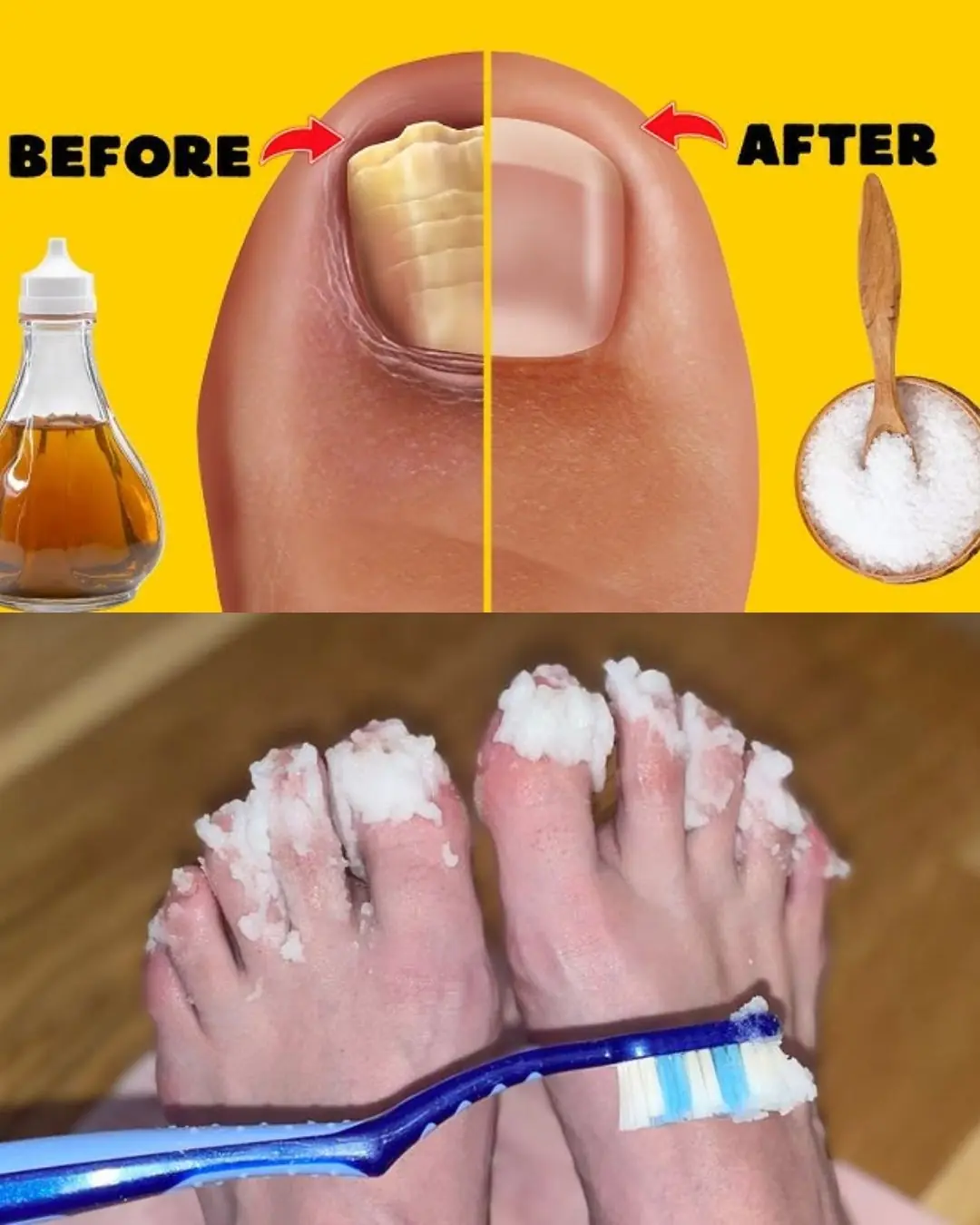
10 Unusual Foot Symptoms That May Indicate Diabetes
10 Unusual Foot Symptoms That May Signal Diabetes
Diabetes is often called a silent disease because its early signs can be subtle or easily mistaken for minor issues. While most people associate diabetes with increased thirst, frequent urination, or fatigue, your feet can actually provide some of the earliest and most revealing clues about your blood sugar levels.
Changes in sensation, skin texture, or healing time on your feet might not seem serious at first, but they can indicate that your body is struggling to regulate glucose effectively. Recognizing these early warning signs allows for timely diagnosis and better long-term management.
Below are 10 unusual foot symptoms that may suggest underlying diabetes — and why you should never ignore them.
1. Numbness or Tingling Sensation in the Feet
Persistent numbness, tingling, or a “pins and needles” feeling in your feet may point to diabetic peripheral neuropathy — a condition caused by prolonged high blood sugar levels damaging nerve fibers.
When this happens, your feet gradually lose sensitivity to touch, temperature, and pain. This makes even small injuries easy to miss and can lead to infections or ulcers.
Tip: If you notice reduced sensation in your feet, perform daily visual checks and schedule a neurological exam. Early treatment can prevent permanent nerve damage.
2. Frequent Leg Cramps
Leg cramps, especially at night, can be another overlooked sign of diabetes. High blood sugar levels can cause blood vessels to narrow, reducing circulation to the legs and feet. Poor blood flow limits oxygen delivery to muscles, resulting in cramping, fatigue, or restlessness.
Simple fix: Gentle stretching before bed, staying hydrated, and maintaining proper blood sugar control can ease nighttime cramps.
3. Itchy Feet That Don’t Improve with Moisturizer
Chronic foot itching isn’t always a sign of dry skin. In diabetics, poor circulation and nerve damage can make skin excessively dry and irritated. Additionally, elevated blood sugar fosters the growth of yeast and fungi, worsening itchiness.
If moisturizing doesn’t help, a fungal infection may be present. Seek medical advice for an antifungal cream or oral treatment to prevent further irritation or cracking.
4. Slow-Healing Cuts or Sores
If a small blister or cut on your foot takes unusually long to heal, your blood sugar could be interfering with the body’s natural repair mechanisms. Diabetes impairs immune function and collagen production, both vital for wound healing.
Untreated sores can become infected and, in severe cases, lead to ulcers or even tissue damage. Clean wounds promptly, use antiseptic, and monitor them daily. If healing doesn’t progress, contact a healthcare professional immediately.
5. Dark Patches or Discoloration on the Skin
Dark, velvety patches on the ankles or lower legs may indicate acanthosis nigricans, often associated with insulin resistance. These areas may feel thickened or slightly raised.
While not painful, they serve as an early metabolic warning sign that your body is struggling to regulate insulin effectively. Early lifestyle adjustments — such as improving diet, exercising regularly, and maintaining a healthy weight — can help reverse these changes.
6. Burning or Sharp Pain
A burning, stabbing, or “electric shock” sensation in your feet is another common sign of diabetic neuropathy. This nerve damage disrupts normal pain signaling, causing discomfort even when there’s no visible injury.
The pain often worsens at night, making sleep difficult. Left untreated, neuropathy can lead to a total loss of sensation — increasing the risk of unnoticed infections. Pain management, physical therapy, and stable glucose control can all help minimize symptoms.
7. Cold Feet Despite Warm Weather
If your feet often feel icy, even in warm temperatures, it could point to circulatory problems related to diabetes. High blood sugar damages blood vessel walls, restricting blood flow to the extremities.
This chronic poor circulation can also slow wound healing and heighten infection risk. Gentle foot massages, warm soaks, and compression-friendly socks may improve comfort, but consistent glucose management remains key.
8. Dry or Cracked Skin
Diabetes can disrupt your skin’s ability to retain moisture, leaving it dry, rough, and prone to cracking. This happens partly because of nerve damage that affects sweat glands, reducing natural lubrication.
Cracked heels and soles create entry points for bacteria, potentially leading to infection. Apply a thick, unscented moisturizer daily, avoid soaking feet in hot water, and wear breathable shoes to maintain healthy skin.
9. Persistent Fungal Infections
People with diabetes are more susceptible to fungal infections such as athlete’s foot or toenail fungus. Fungi thrive in warm, moist environments — and high blood sugar levels provide ideal conditions for their growth.
Common symptoms include itching, peeling skin between toes, and thickened, discolored toenails. Treat infections promptly with antifungal creams or oral medication, and keep feet clean and dry at all times.
10. Foot Deformities or Structural Changes
Over time, chronic nerve and muscle damage from diabetes can alter the shape of your feet. Conditions such as hammertoes, claw toes, or Charcot’s foot may develop due to weakened muscles and uneven pressure on the bones.
In advanced cases, the bones can become fragile and shift out of alignment, leading to visible deformities. Wearing custom orthotics, getting regular podiatric checkups, and managing blood sugar can help prevent or slow these changes.
🩺 The Bottom Line
Your feet can reveal more about your health than you might imagine. If you notice persistent numbness, pain, skin changes, or delayed healing, it’s essential to seek medical evaluation as soon as possible.
Early detection of diabetes and proper blood sugar control can protect your nerves, improve circulation, and prevent long-term complications — including ulcers and amputations.
By paying attention to your feet and maintaining consistent care, you can take an important step toward safeguarding your health and preserving your quality of life.
News in the same category


Drink this before bed to balance blood sugar & stop nighttime bathroom trips!

Doctors reveal that consuming bananas at 11 am causes in

Fatty liver disease: 6 symptoms you need to know

The Mystery Behind Sudden Sharp Chest Pains Has Finally Been Solved

Eat This Seed and Watch Your Vision Improve — Especially After 60!
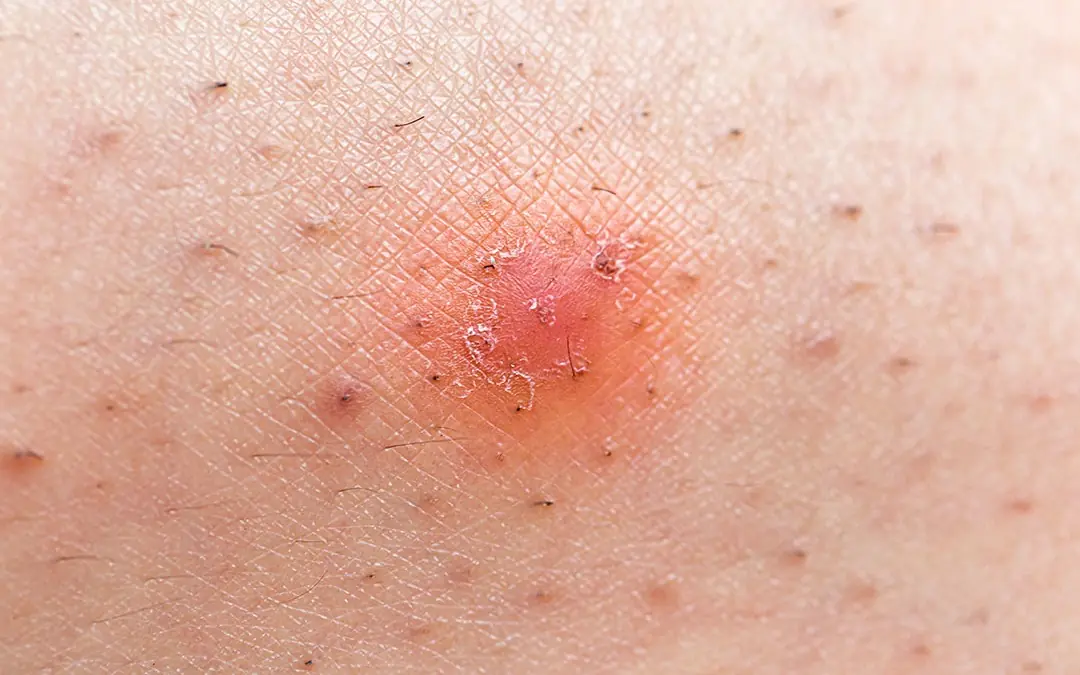
Why You Should Never Ignore a Bump on Your Inner Thigh and How to Get Rid of It

New Research Finds 40–50% of Colon Cancer Cases Can Be Prevented by Doing These Simple Things
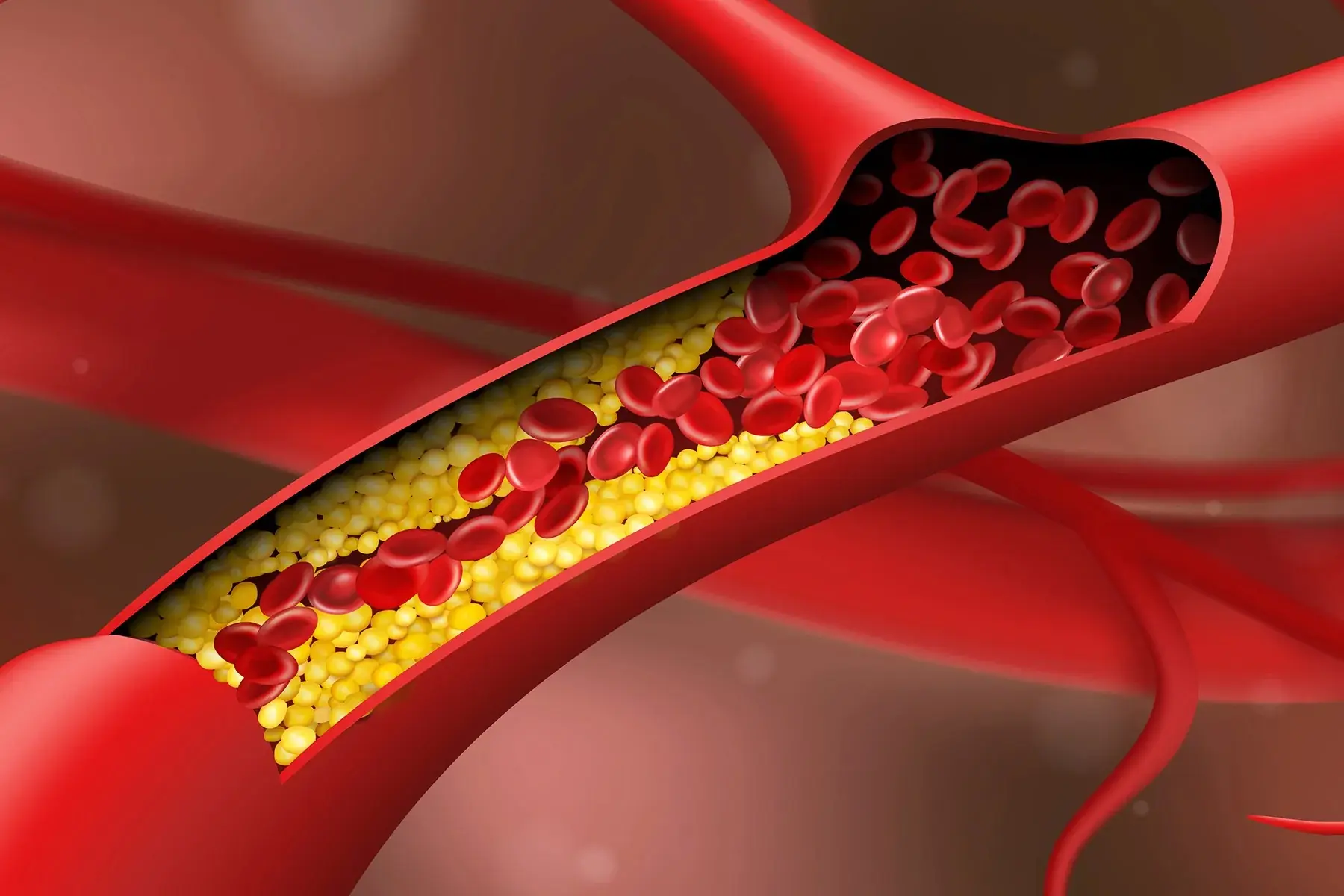
CLOGGED ARTERIES TRIGGER HEART ATTACKS AND STROKE EAT THIS TO HELP UNCLOG YOUR ARTERIES

How Water Fasting Triggers Powerful Cellular Healing and Reveals Surprising Long-Term Benefits

5 Hidden Signs Cataracts Are Already Affecting Your Eyes (and How to Stop Them After 60)

90% of Diabetes Cases Could End If You STOP These Foods

Drink One Cup Daily of Mullein Tea to Cleanse Your Lungs of Phlegm and Toxins

Agmatine: A Little-Known Nutrient for Fibromyalgia and Nerve Pain

Top 8 Warning Signs of Ovarian Cancer Women ABSOLUTELY Need to Know
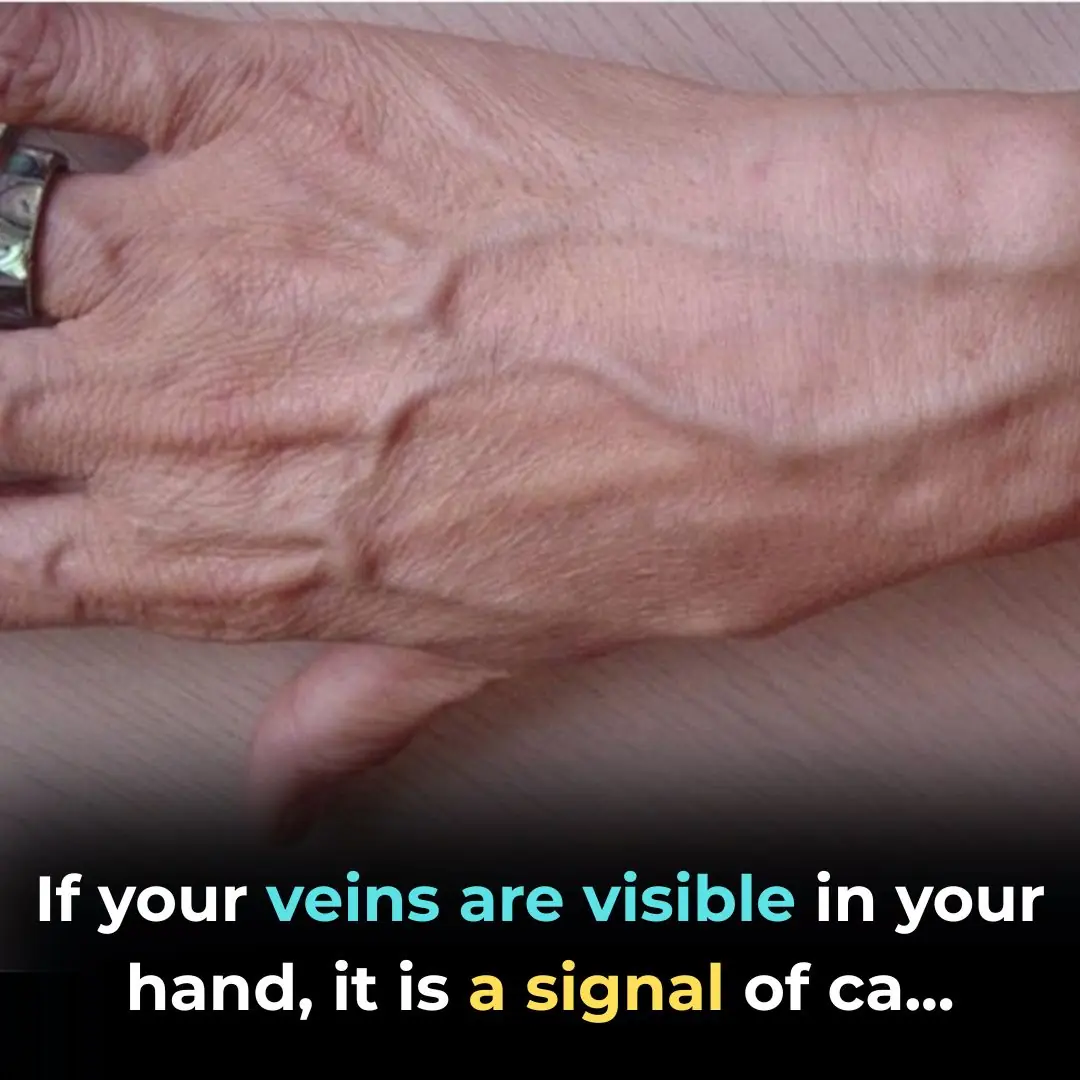
Visible Veins Explained: Normal Causes, Health Risks, and When to Worry

Canker Sores Are The Absolute WORST…Here’s How To Get Rid of Them Fast!
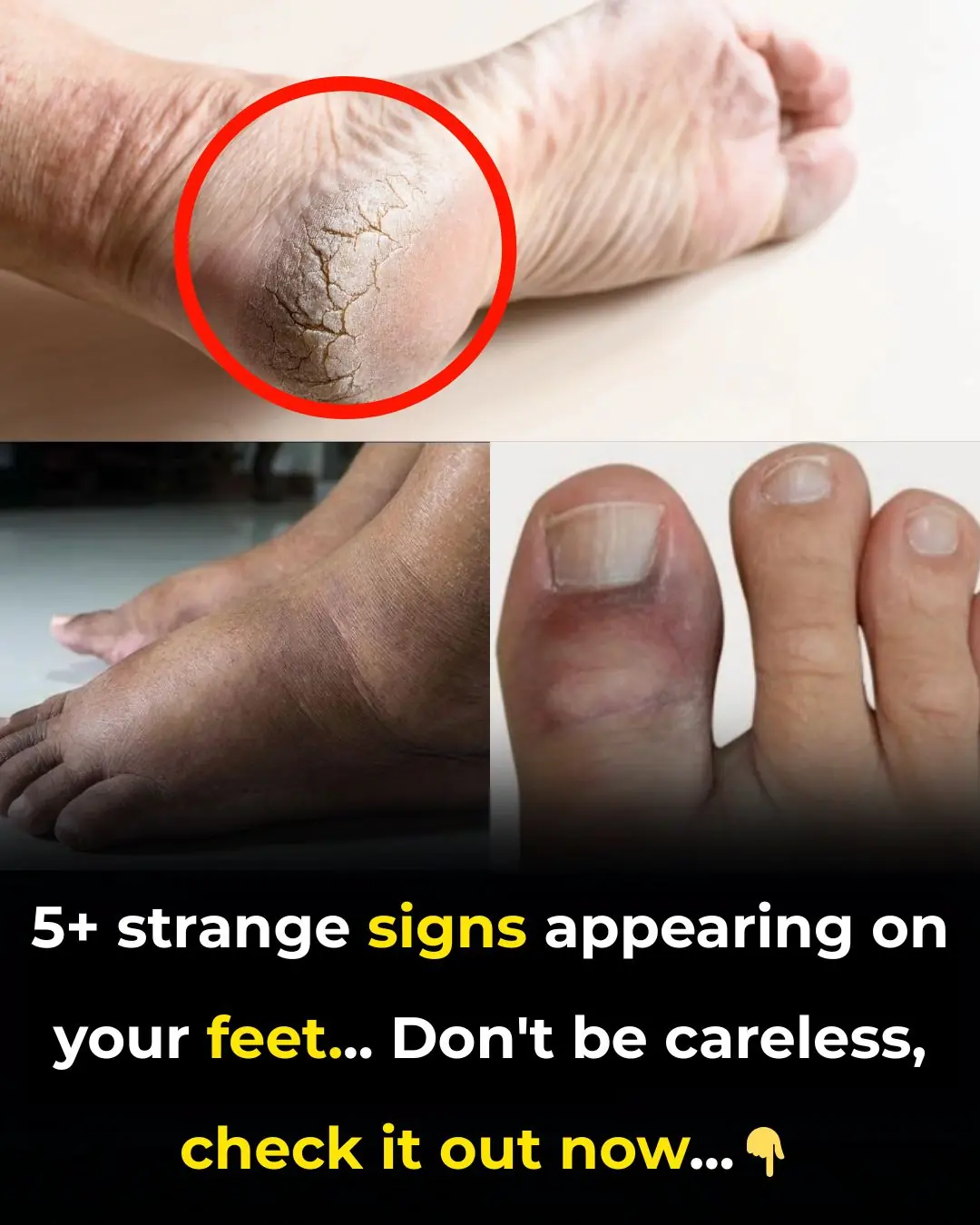
5+ Things Your Feet Can Reveal About Your Health (That You Shouldn’t Ignore)
News Post

A Gentle Giant Named Valor: The Dog Who Chose Love Over Fear

Barnie’s Long Wait: A Tale of Hope, Patience, and Unconditional Love

Willie Ortiz: The Quiet Hero Who Feeds the Forgotten

A Love That Lasts a Lifetime

A Love That Transcends Time: A Valentine’s Date Beyond Goodbye

The Bear Who Knew How to Relax.

A Simple Meal, A Profound Act of Kindness.

An Entire Dog Family Was Thrown Away — Dad, Mom, Three Daughters, and Even Grandma

This Mystery Animal Was Found by the Dumpster — Dog, Coyote, or Something In Between?

The Woman Who Rescued a “Puppy”—And Discovered She Had Raised a Wolf

Don’t Clean Your Rice Cooker with Plain Water: Use This Method to Make It Sparkling Clean in Just 5 Minutes

If you find a roll of toilet paper in your fridge, you had better know what it means

What Your Favorite Pie Says About You

Beautify with familiar ingredients available in every home

If you have nail fungus, try this natural cure; it goes away fast

12 everyday habits that quietly raise your stroke risk

Drink this before bed to balance blood sugar & stop nighttime bathroom trips!

Doctors reveal that consuming bananas at 11 am causes in

Fatty liver disease: 6 symptoms you need to know
